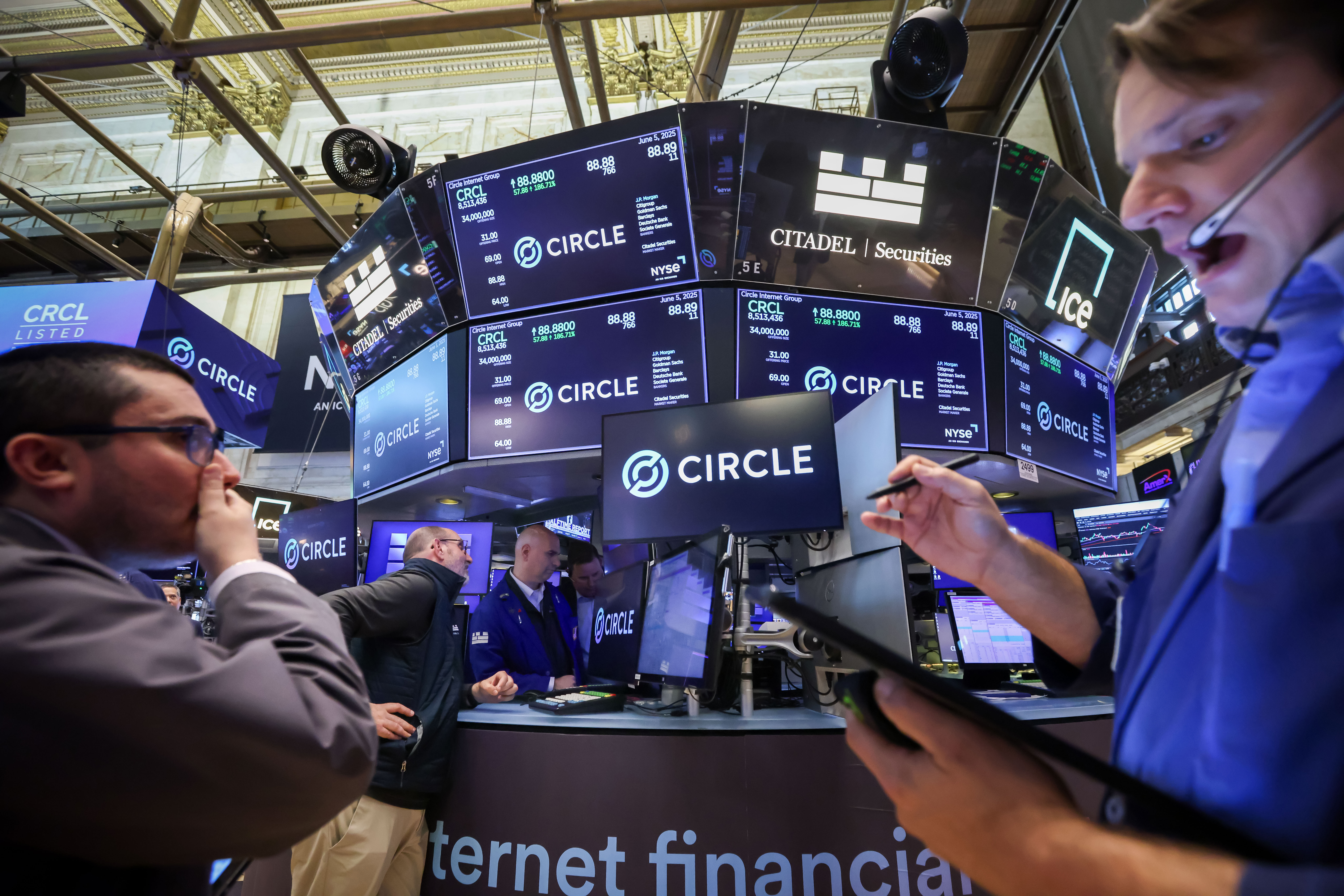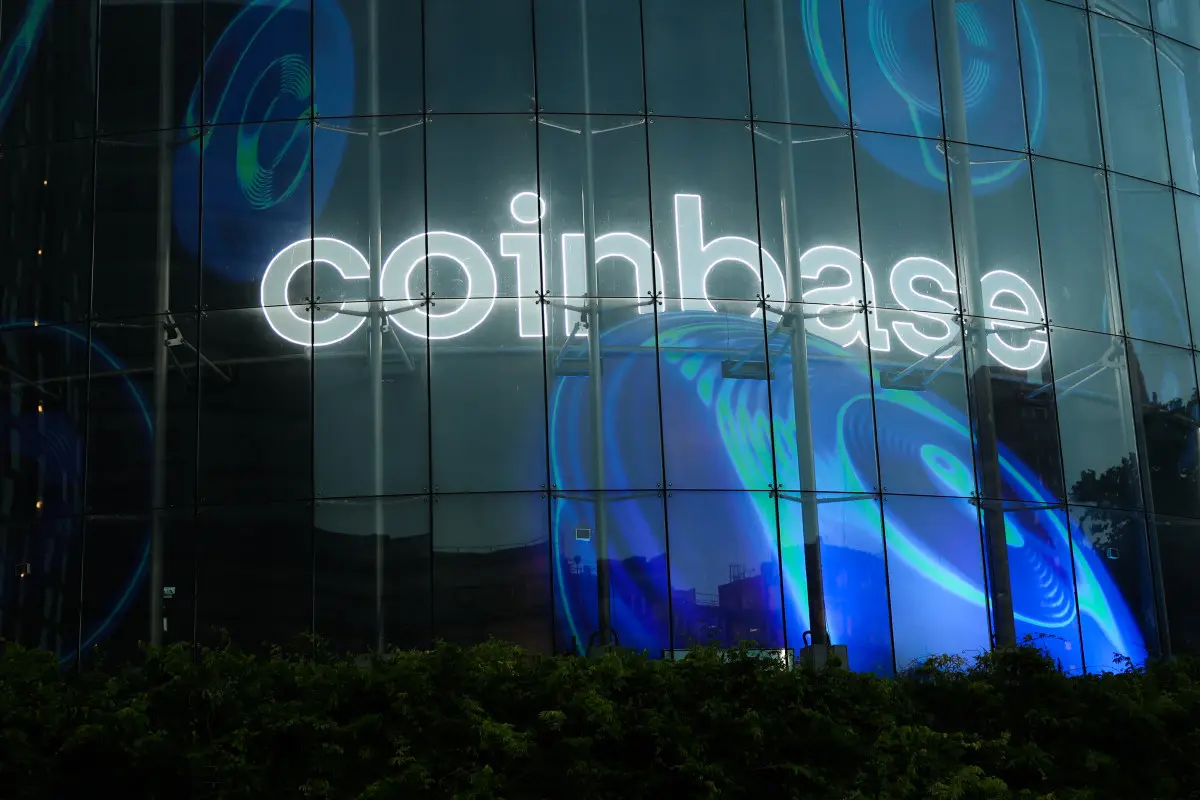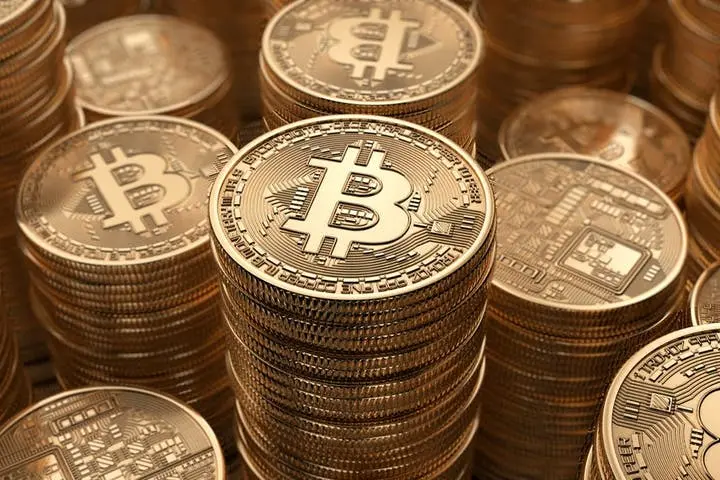Circle Internet Group's Stock Surge: A Stablecoin Revolution in the Making?
Circle Internet Group shares soar amid stablecoin optimism, but questions remain about its long-term potential in the evolving crypto landscape.
Page views: 2

Circle Internet Group has captured the attention of investors with a dramatic surge in its stock price, fueled by burgeoning optimism around U.S. stablecoins. The company, which is behind USDC—the second-largest stablecoin by market share—saw its stock price more than double from its initial public offering price of $31 on its first day of trading. Since its debut on June 5, the stock has continued to climb, with shares rising 9.6% on Monday to close at $263.45.
Circle's impressive rally is primarily due to favorable stablecoin regulations, making it one of the few publicly traded companies with stablecoin-linked assets. However, its continued upward trajectory hinges on the adoption of this new technology. In a landmark move, the Senate recently passed legislation establishing regulations for U.S. dollar-pegged cryptocurrencies, marking a significant win for the crypto industry and President Donald Trump. His affiliated stablecoin with World Liberty Financial already boasts a market value of approximately $2 billion, further fueling market optimism.
The ripple effects of this movement have been felt by other companies. Financial tech company Fiserv announced plans to launch its own stablecoin and platform, collaborating with Circle and Paxos on the coin infrastructure. Mastercard followed suit, revealing a partnership with Fiserv to integrate stablecoin across its products and services. Meanwhile, retail giants Walmart and Amazon.com are exploring the possibility of issuing their own stablecoins, putting pressure on traditional payment companies like Visa.
Despite the momentum, skepticism remains. Jefferies analyst Trevor Williams expressed doubt over stablecoins becoming a widely adopted payment method in the U.S., citing the existing card-based system's convenience and security. He also questioned the appeal of holding USDC for U.S. consumers beyond its use as a crypto trading gateway.
Circle's stock gains may also be influenced by its low free float, only 25% compared to an average of 95% for S&P 500 companies. This can add volatility to trading, potentially reversing the stock's upward trend. Additionally, Circle's price-to-earnings ratio nearing 180 poses a risk, as it surpasses the broader S&P 500's average of about 22 times forward earnings.
Gilgamesh Ventures founding partner Miguel Armaza cautioned that Circle's high PE ratio is sustainable only if the company significantly boosts net margins and earnings. Any execution missteps or unforeseen regulatory challenges could compress its valuation.
Nonetheless, the stablecoin market shows signs of continued growth. Circle announced plans to launch a payments network for cross-border transactions in stablecoins. Shopify also plans to roll out USDC payments globally, signaling increasing demand for stablecoins. With U.S. bipartisan support and new legislation, Circle is well-positioned to capitalize on these opportunities.
According to Strahinja Savic, head of data and analytics at FRNT Financial, Circle benefits from retailers seeking cost savings and investors desiring increased crypto exposure in public markets. "In this context, the stars have aligned for stablecoins, and we're seeing that translate into remarkable performance for Circle," Savic noted.
As the stablecoin landscape evolves, Circle Internet Group stands at a pivotal crossroads, with potential for significant growth or challenges depending on market adoption and regulatory developments.
Published on: June 25, 2025, 9:02 am



